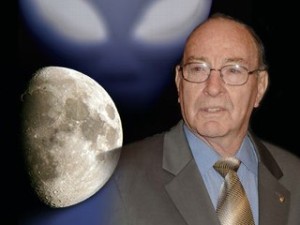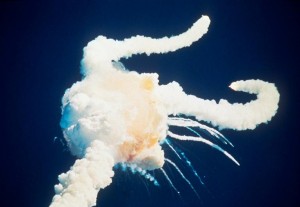I learned something just a few moments ago about a member of one of the world’s most exclusive clubs.
Edgar Mitchell was one of 12 men in the entire world who have walked on the surface of the moon. He died over the weekend at the age of 85.
What I did not know about him was the was born in little ol’ Hereford, Texas, a Panhandle town known more for the “smell of money” that wafts from the cattle feedlots in and around the community.
Mitchell walked on the moon during the Apollo 14 mission commanded by the late Alan Shepard, the first American to fly into space. Shepard’s first flight occurred a decade earlier, in 1961, when he was launched aboard a small rocket, flew into a sub-orbit and then splashed down into the ocean about 15 minutes later. He would command the Apollo mission in 1971 and then, as many of usremember, hit that golf shot that traveled “miles and miles” in the light gravity on the moon’s surface.
Mitchell apparently had a totally different experience on the moon, which to my way of thinking is understandable — even one doesn’t quite understand the experience in and of itself.
He came to Earth and then spoke out over many years about extraterrestrials, and his belief that they have visited our planet. Mitchell had some form of spiritual awakening on the moon.
Think about that for a moment, though.
Where else that has been visited by human beings could produce such an experience?
I don’t believe what Mitchell has preached, that we’ve been visited by beings from outer space. I do, though, believe that one can experience something beyond our ability to comprehend simply by walking on the surface of another celestial body and looking into the sky to see Earth in the sky — 250,000 miles away.
The dozen men who’ve walked on the moon all came back with different experiences and differing points of view. Many of them coped well with the experience. I think, though, of moonwalker No. 2, Buzz Aldrin, who went into serious depression, suffering alcohol abuse.
And if you consider, too, that traveling to the moon — which is no small task to be sure — is just the first hopeful step in humankind’s exploratory evolution, what will be the reactions when we finally travel far more deeply into our solar system?
I’d pay real money to look at the psychological profiles of the individuals who are selected for the first mission, say, to Mars.
If one astronaut can return from a relative hop-and-skip into space believing the things discussed publicly by Edgar Mitchell, well, the next corps of deep-space pioneers will return with some seriously wild tales.

